The incline bench press is a classic variation of the bench press that emphasizes the upper portion of the pectoral muscles. However, its effectiveness depends heavily on one often-overlooked detail: the bench angle. Choosing the right incline bench angle can be the difference between well-developed upper pecs and unnecessary strain on the shoulders.
So, what degree should the incline bench be for the press? Most professionals agree that an angle between 30 to 45 degrees strikes the best balance for targeting the upper chest without overly involving the front delts. Angling the bench to 30 degrees tends to hit the clavicular head of the pecs more directly. Once the angle goes beyond 45 degrees, the exercise begins to shift toward being a shoulder-dominant movement rather than a chest press.
For many adjustable benches, the numbers don’t always correspond directly to degrees. If you’re asking, “What number is 30 degrees on a bench?” — it typically falls around the second or third notch from flat, depending on the bench's design. When in doubt, using a protractor app on your phone or a digital angle finder can help confirm the setup.
Another frequently asked question is: “What angle is best for the incline chest press?” For those prioritizing chest development, 30 degrees is widely considered optimal. It offers sufficient incline to recruit the upper pecs while keeping shoulder involvement to a minimum. As the incline increases toward 45 degrees and beyond, shoulder stress can rise, and the emphasis moves away from the chest.
Beginners often ask how many degrees the incline bench should be set to, and the answer comes down to your goal. If it’s upper chest isolation, 30 to 35 degrees is your sweet spot. For general upper-body pressing strength or variety, working up to 45 degrees occasionally can add diversity without overloading the shoulders.
Lastly, if you’re performing incline presses with dumbbells or a barbell, the angle still matters just as much. Whether it’s a barbell incline chest press or incline dumbbell press, staying within that 30–45-degree range ensures your movement pattern stays focused and effective.
In summary, the right incline angle isn't about guesswork — it's about understanding your body’s mechanics and training goals. Keep the bench between 30 and 45 degrees, listen to how your shoulders feel, and adjust accordingly. When properly executed, the incline press becomes a powerful tool for building a strong, defined upper chest.


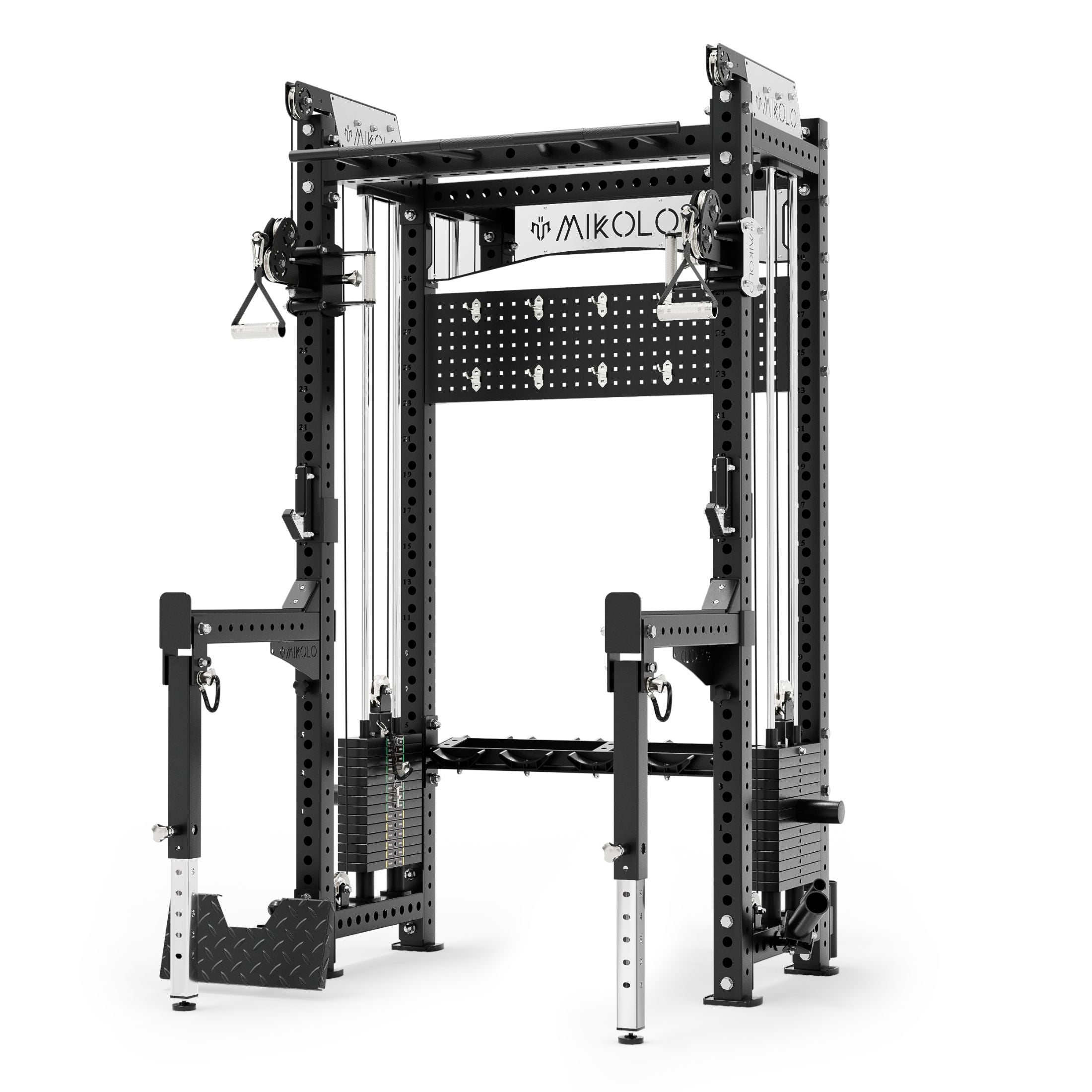
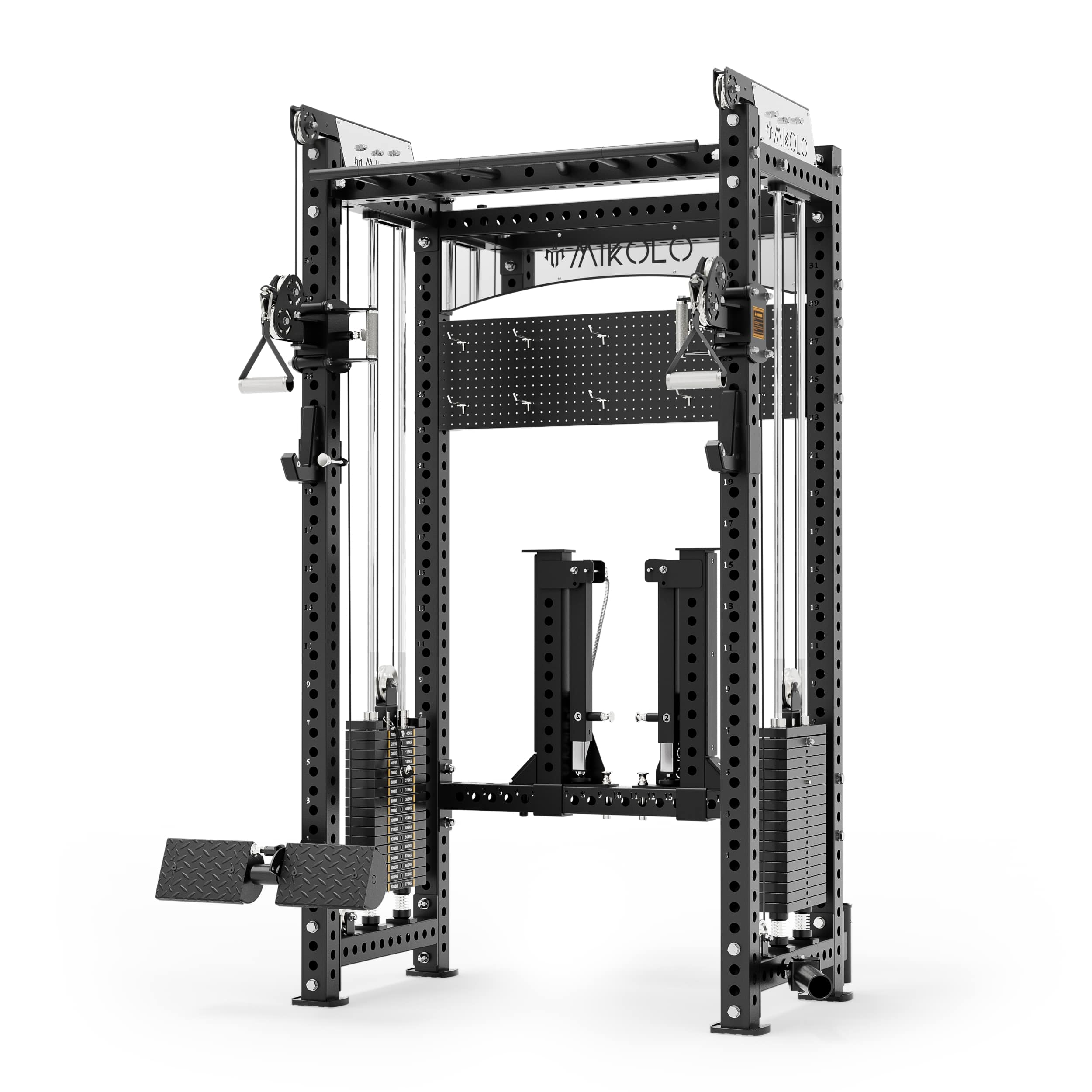
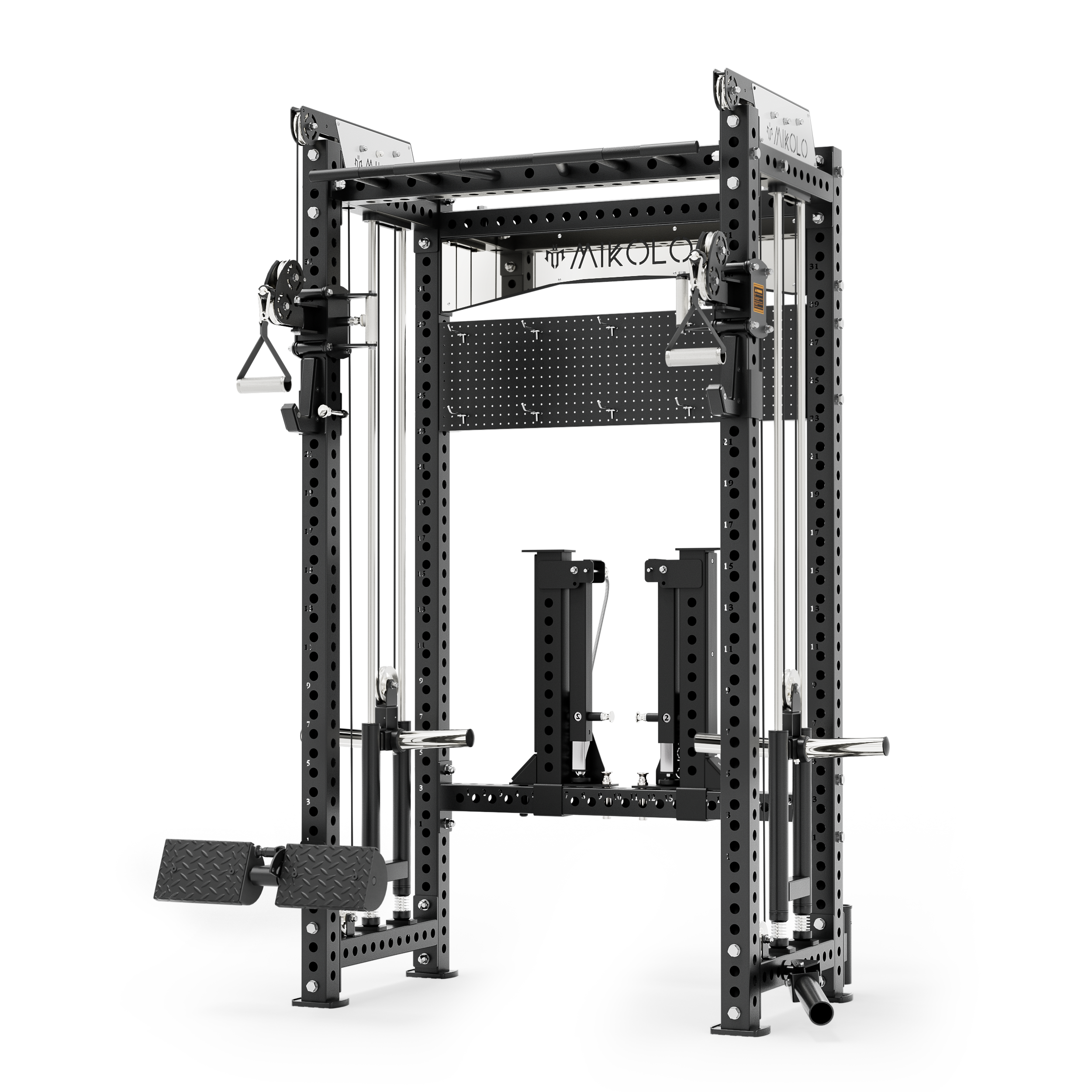


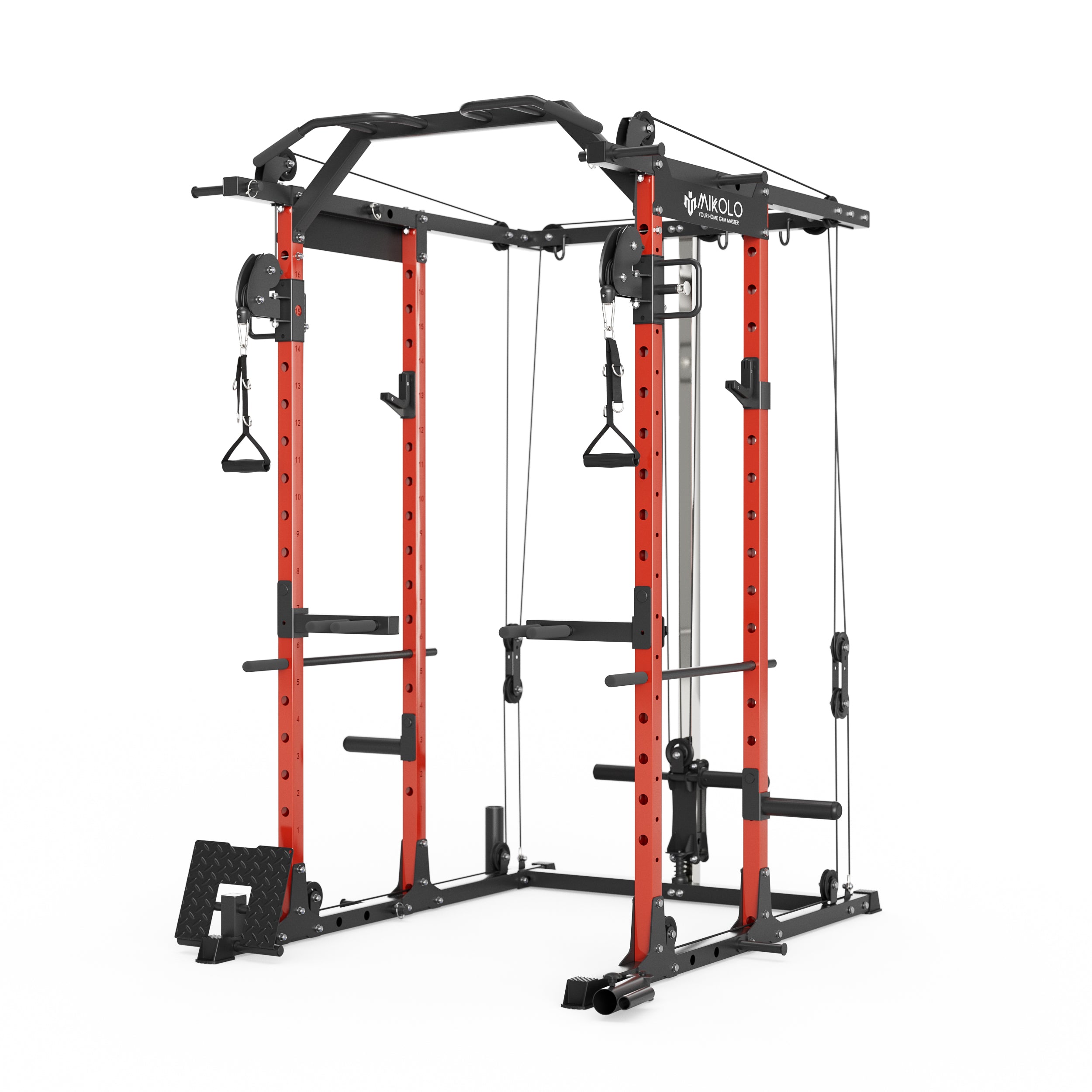
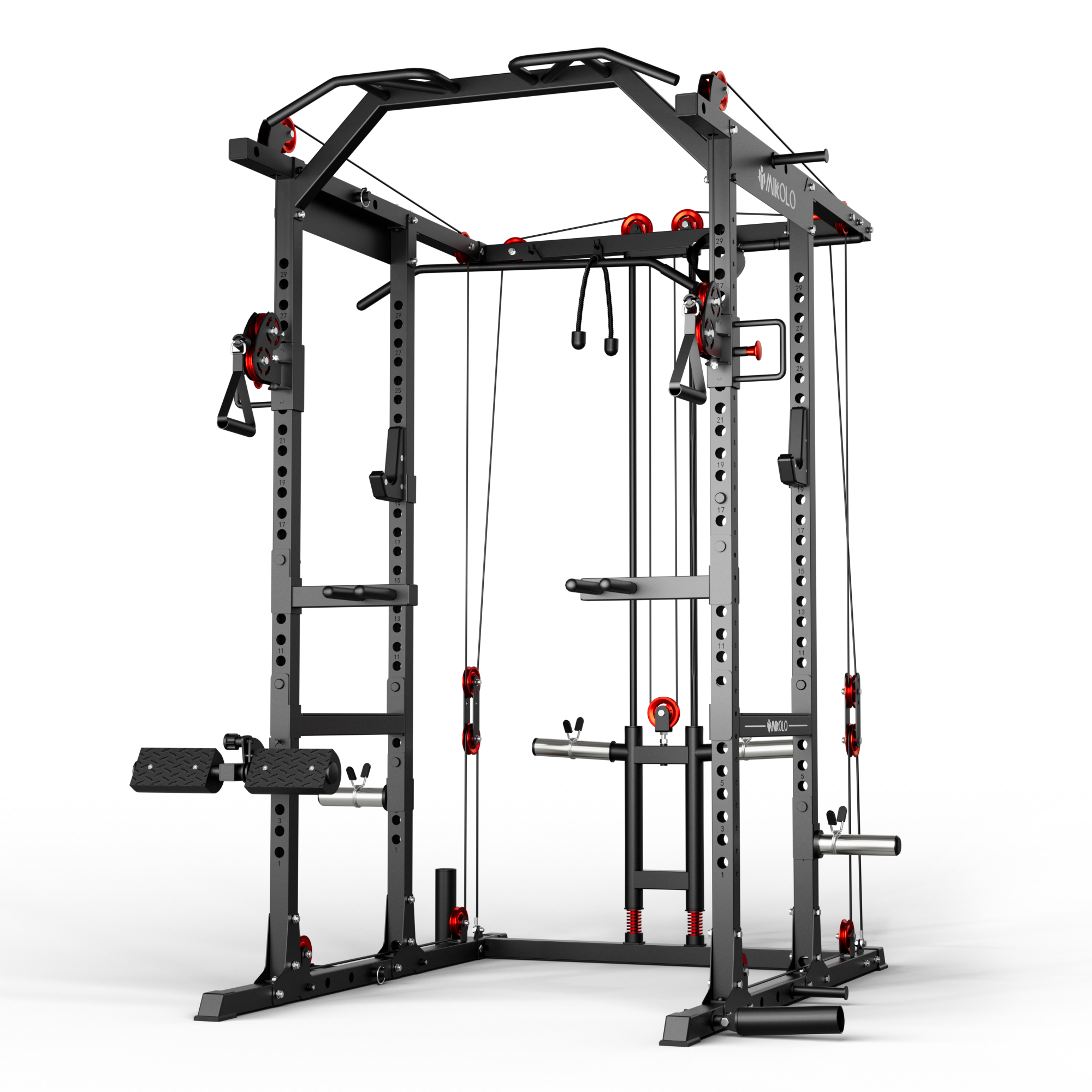

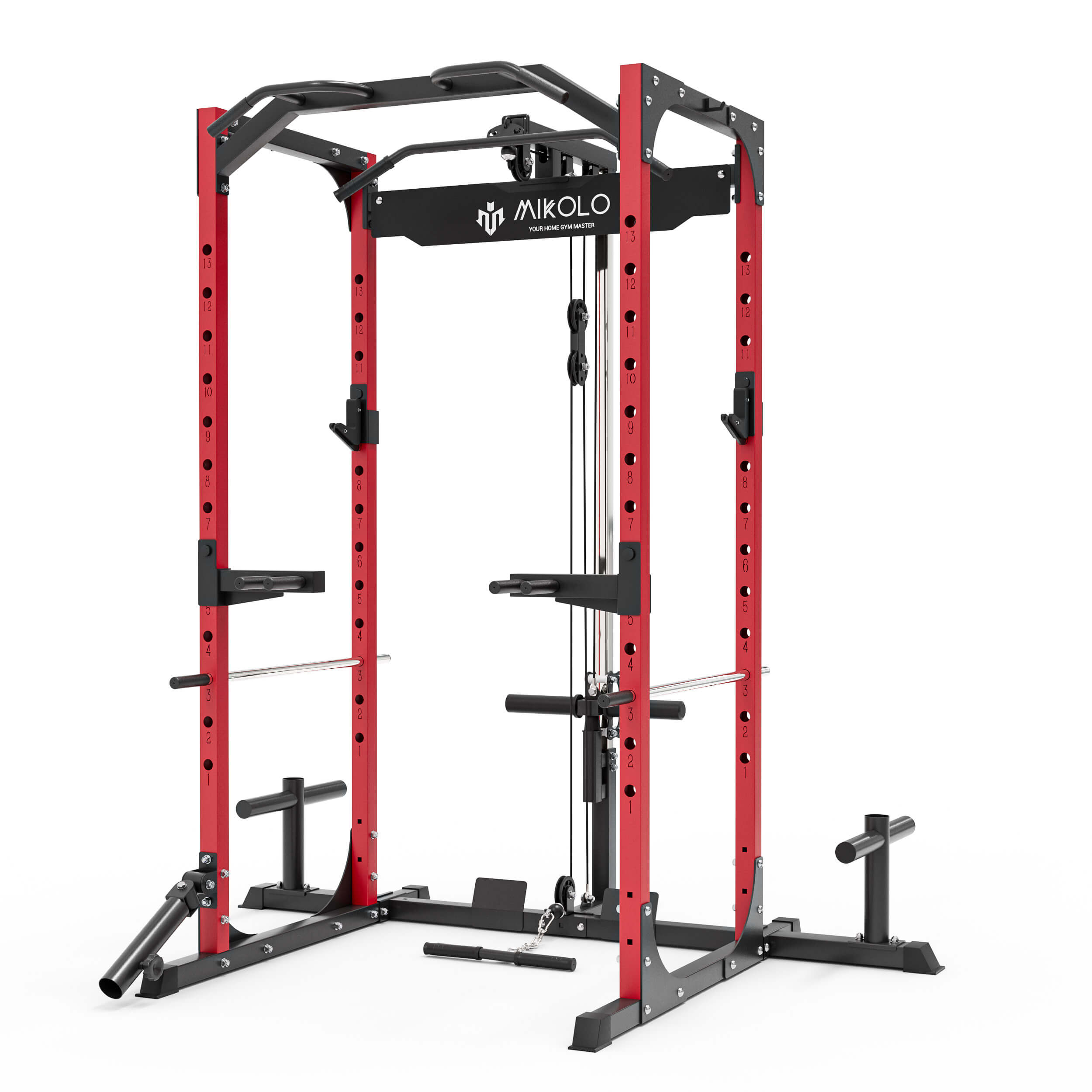

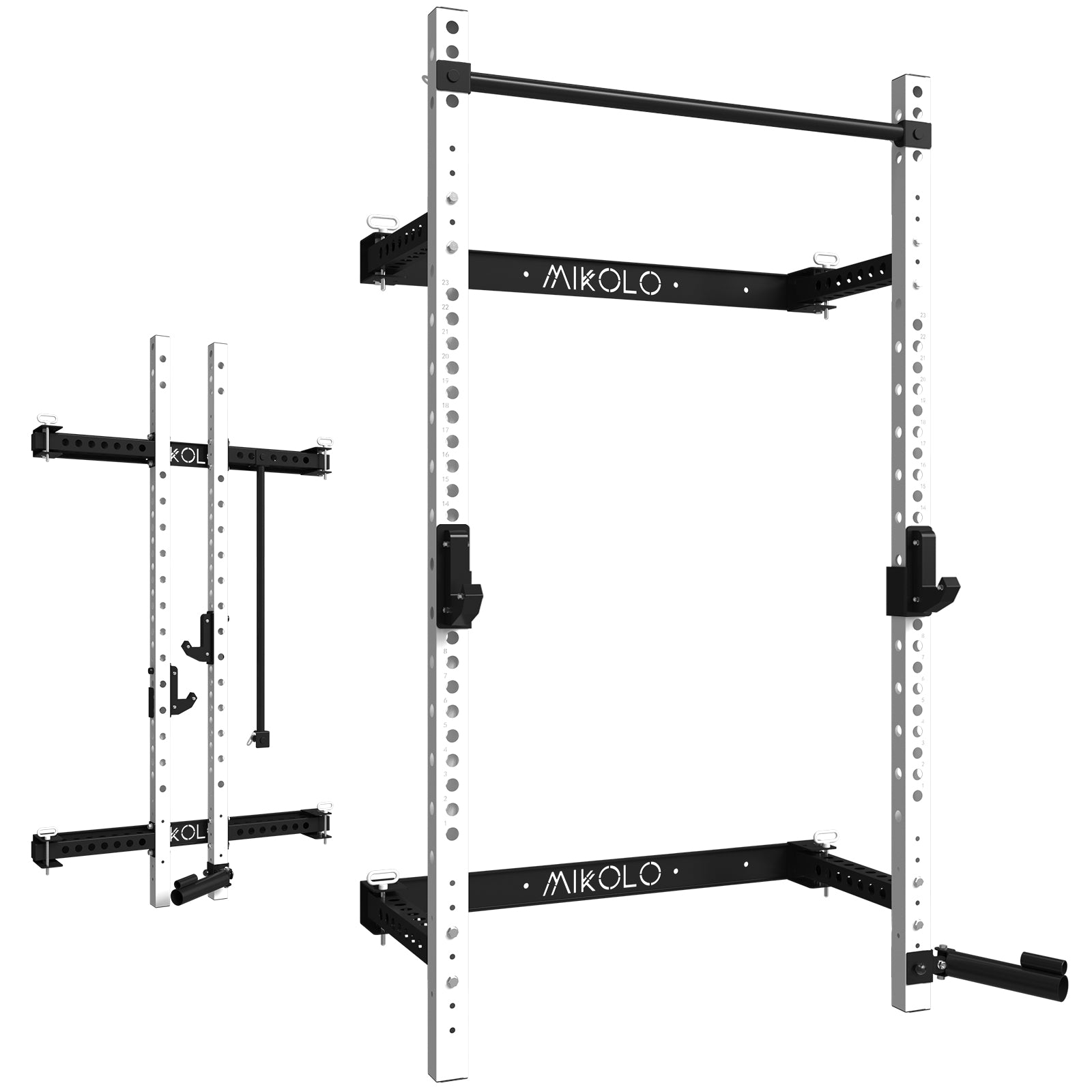

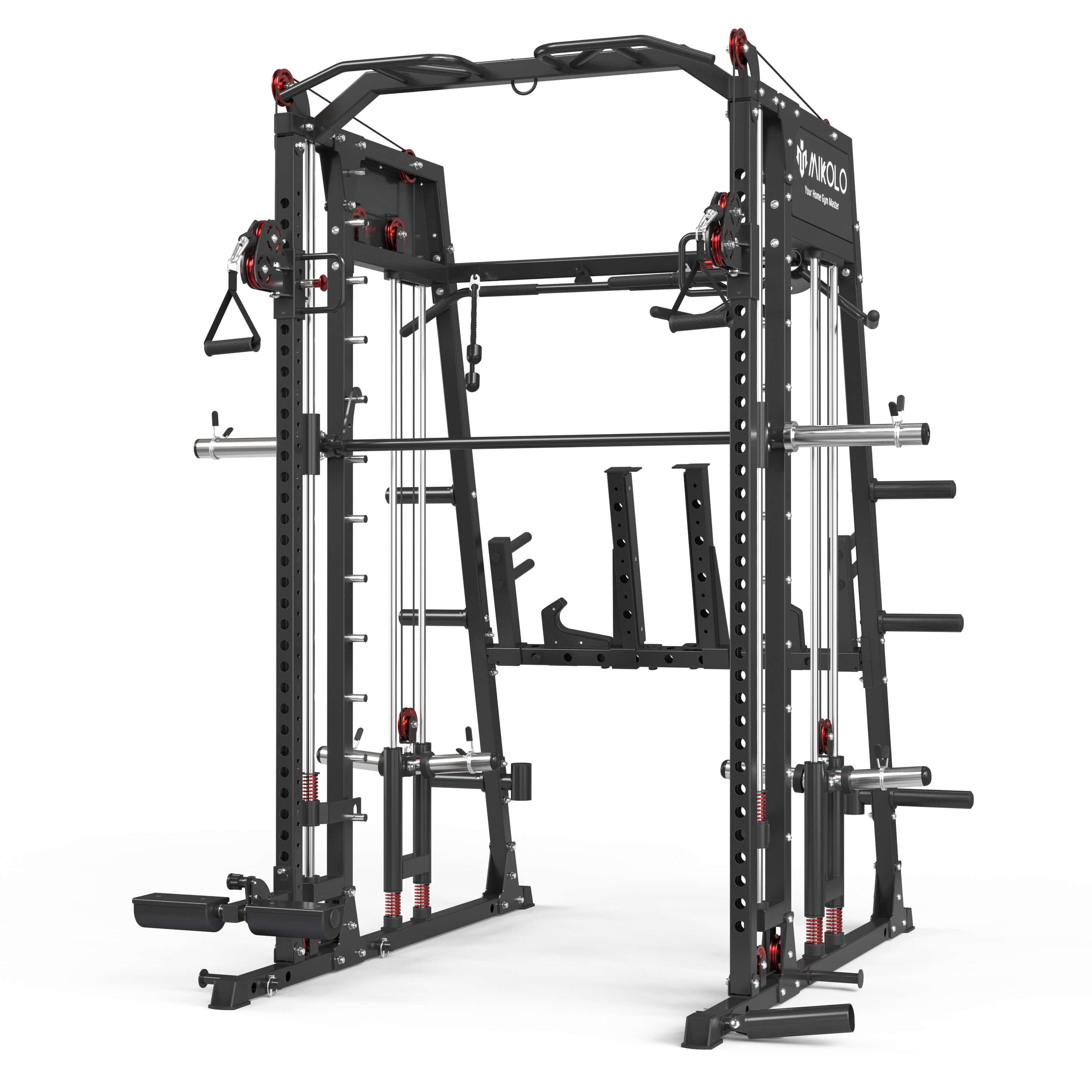
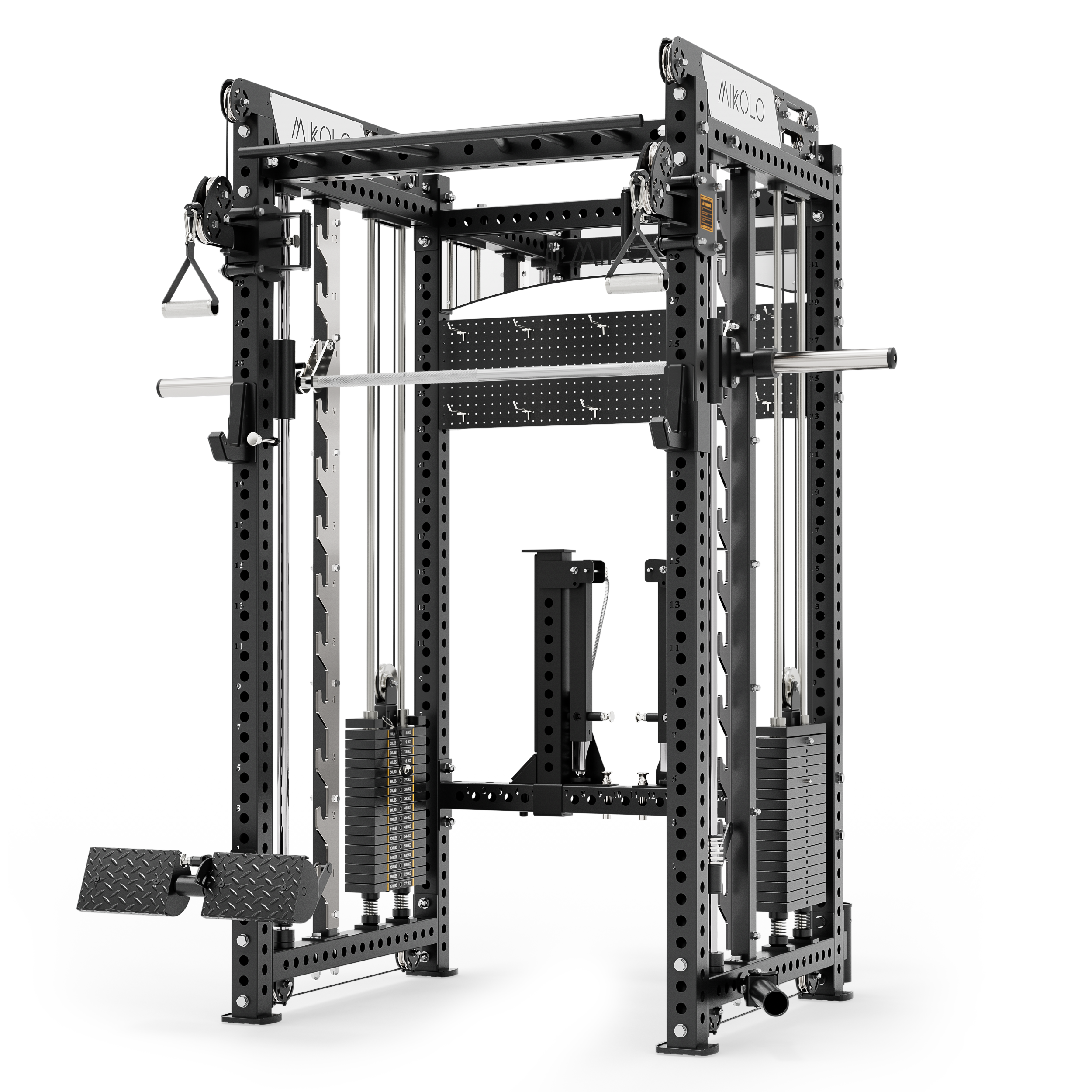
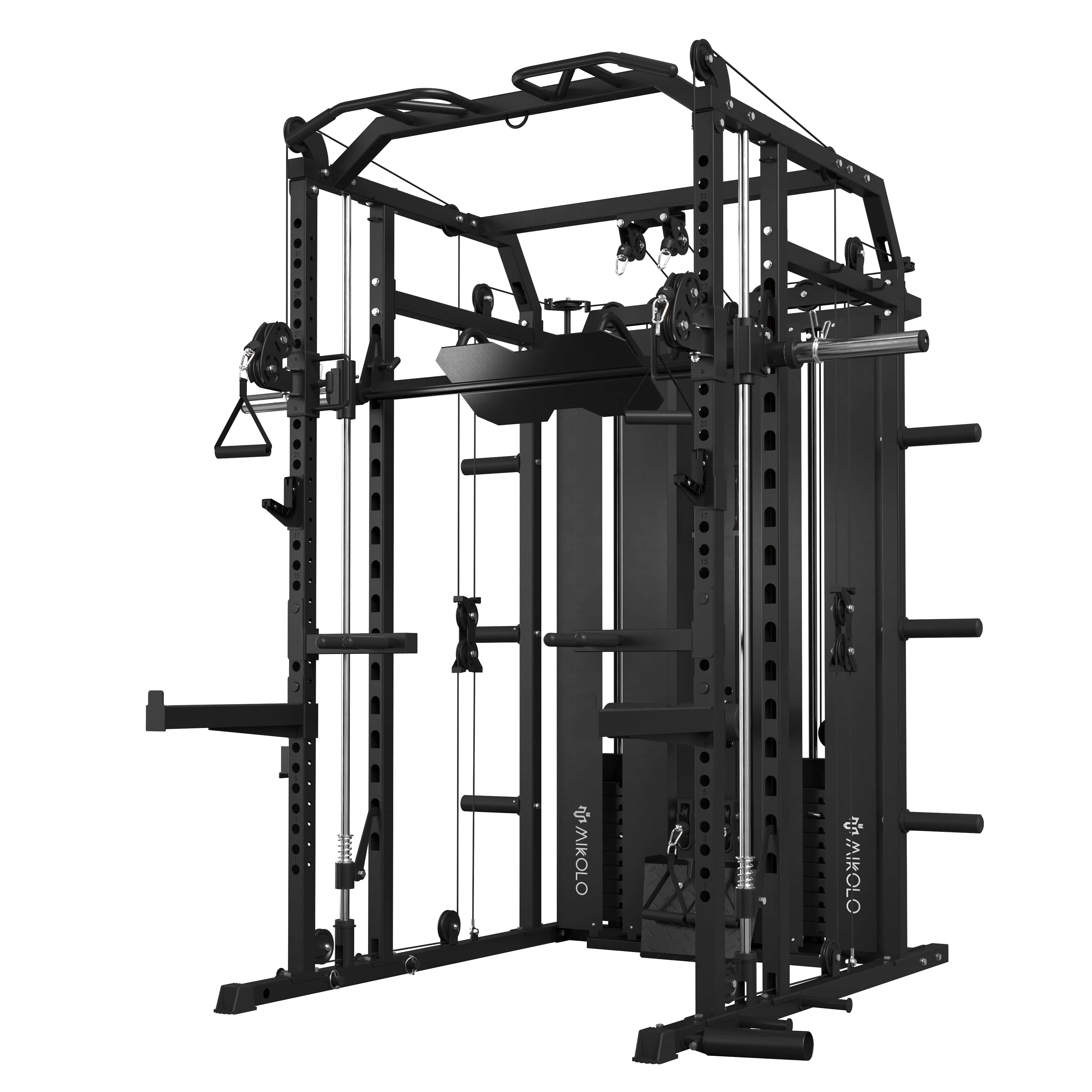
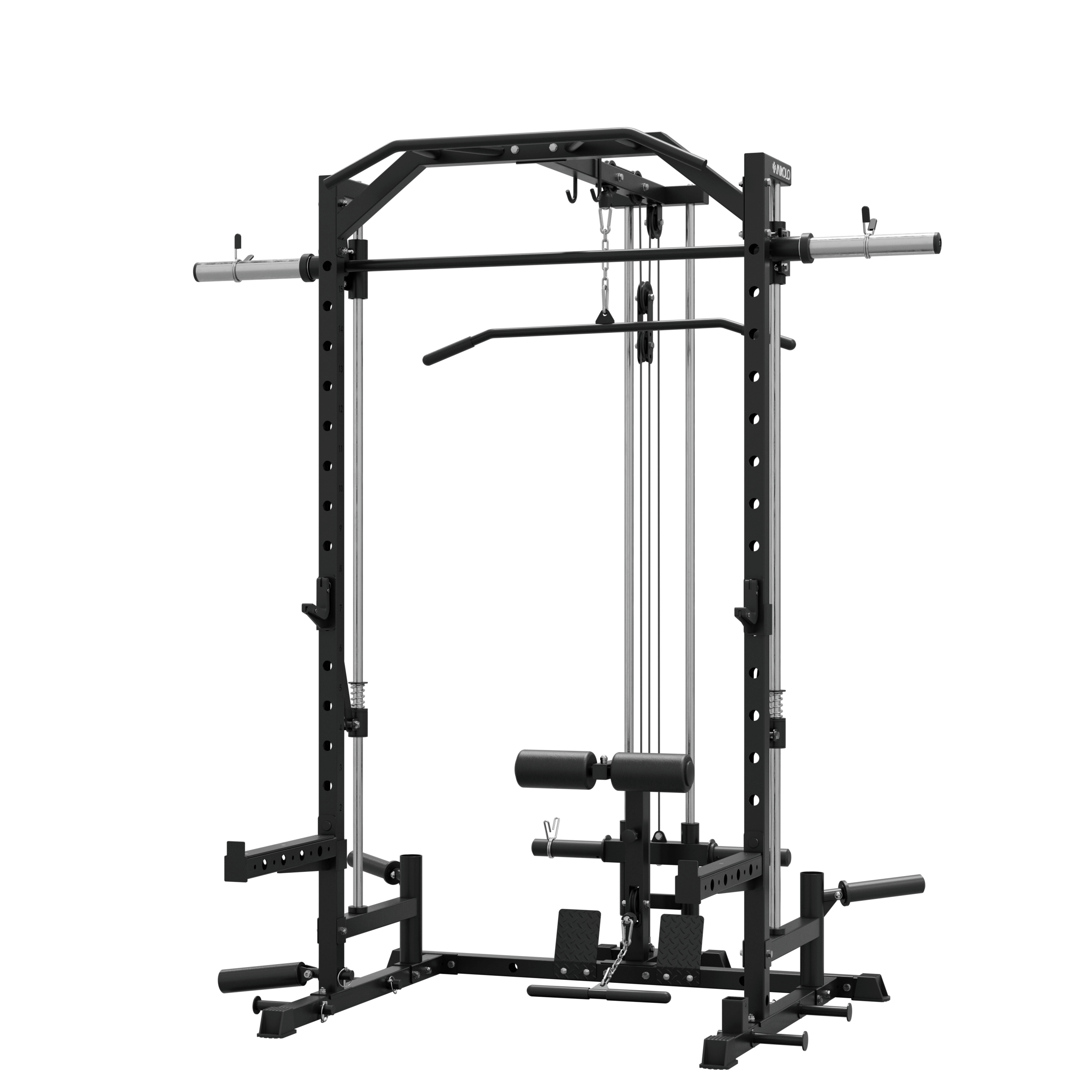
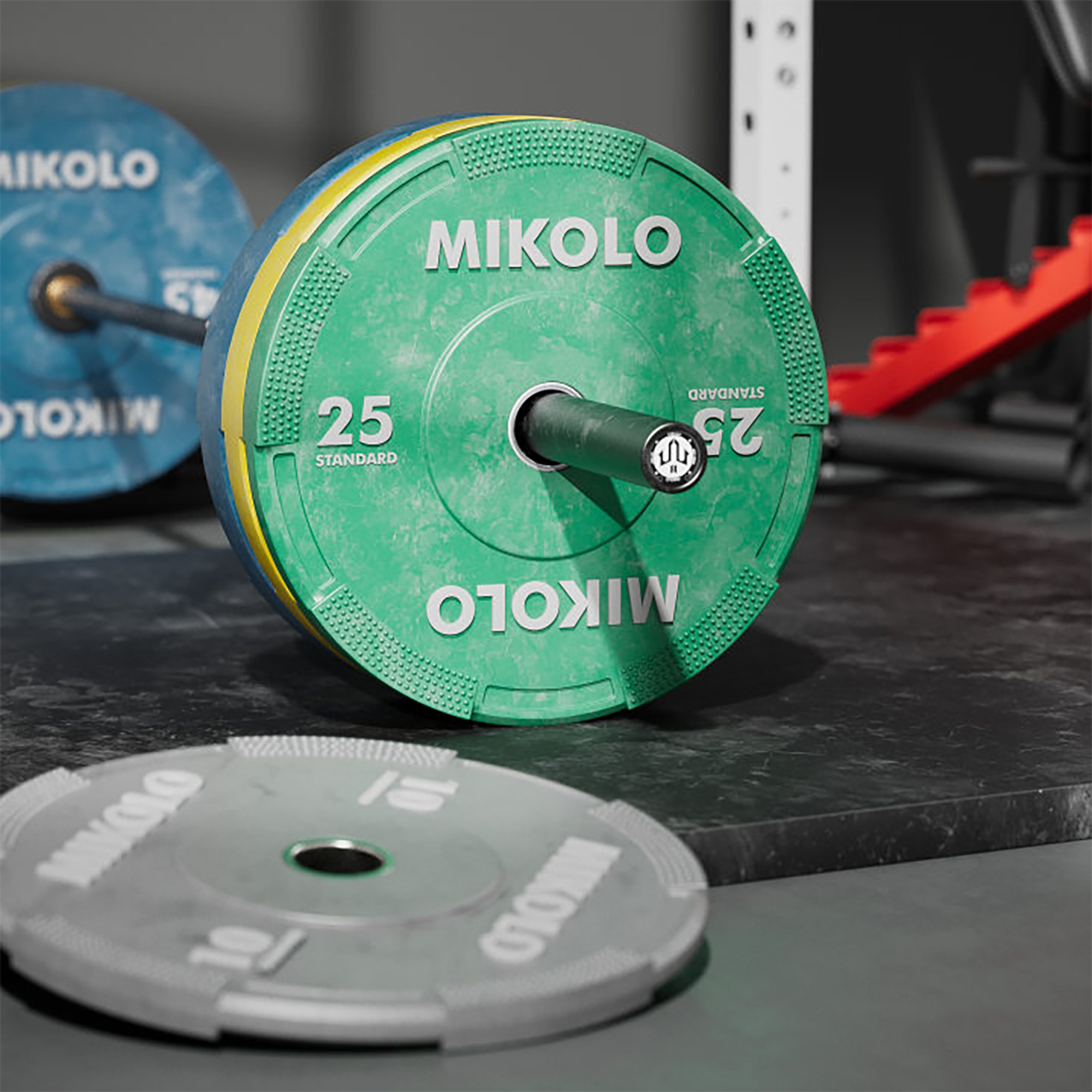






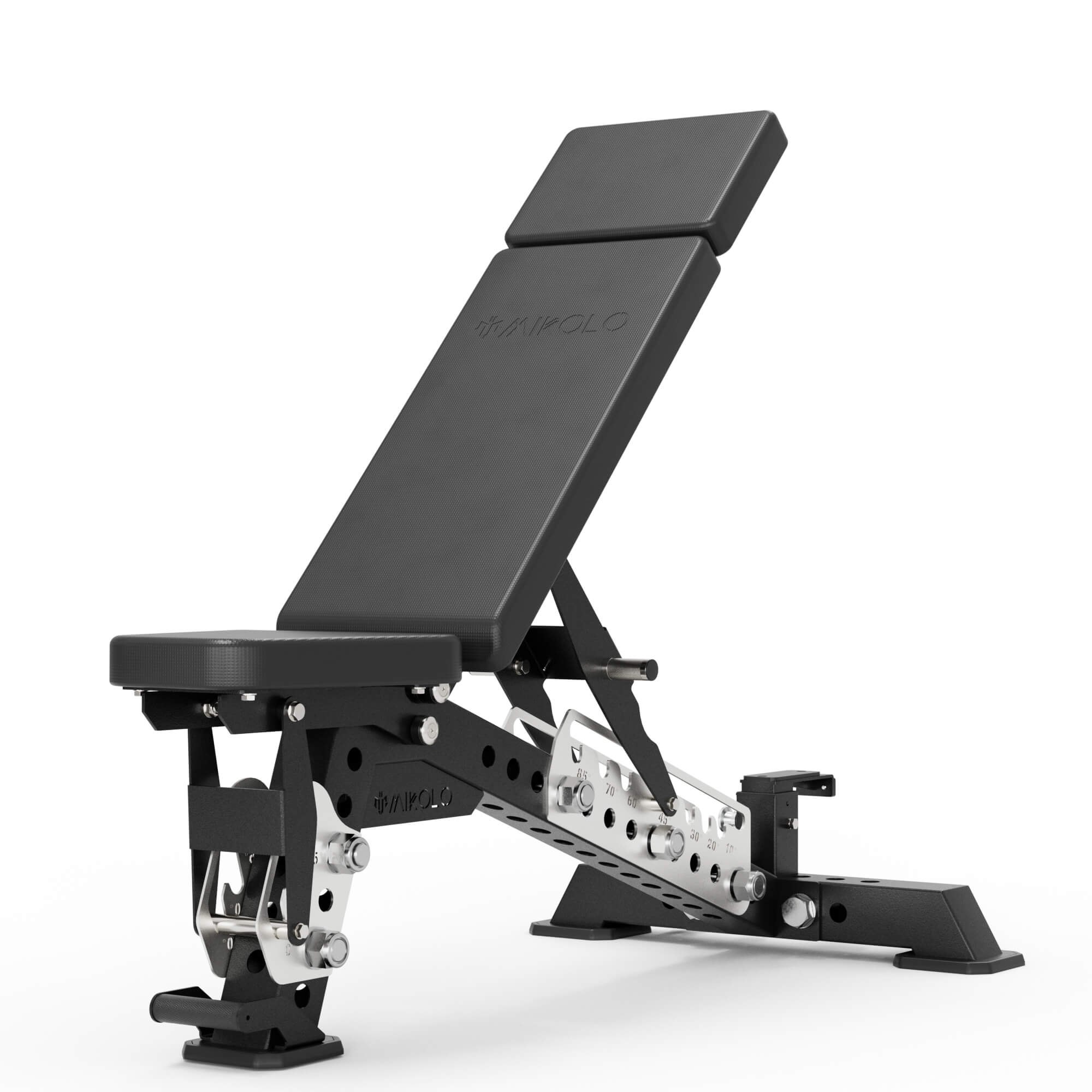
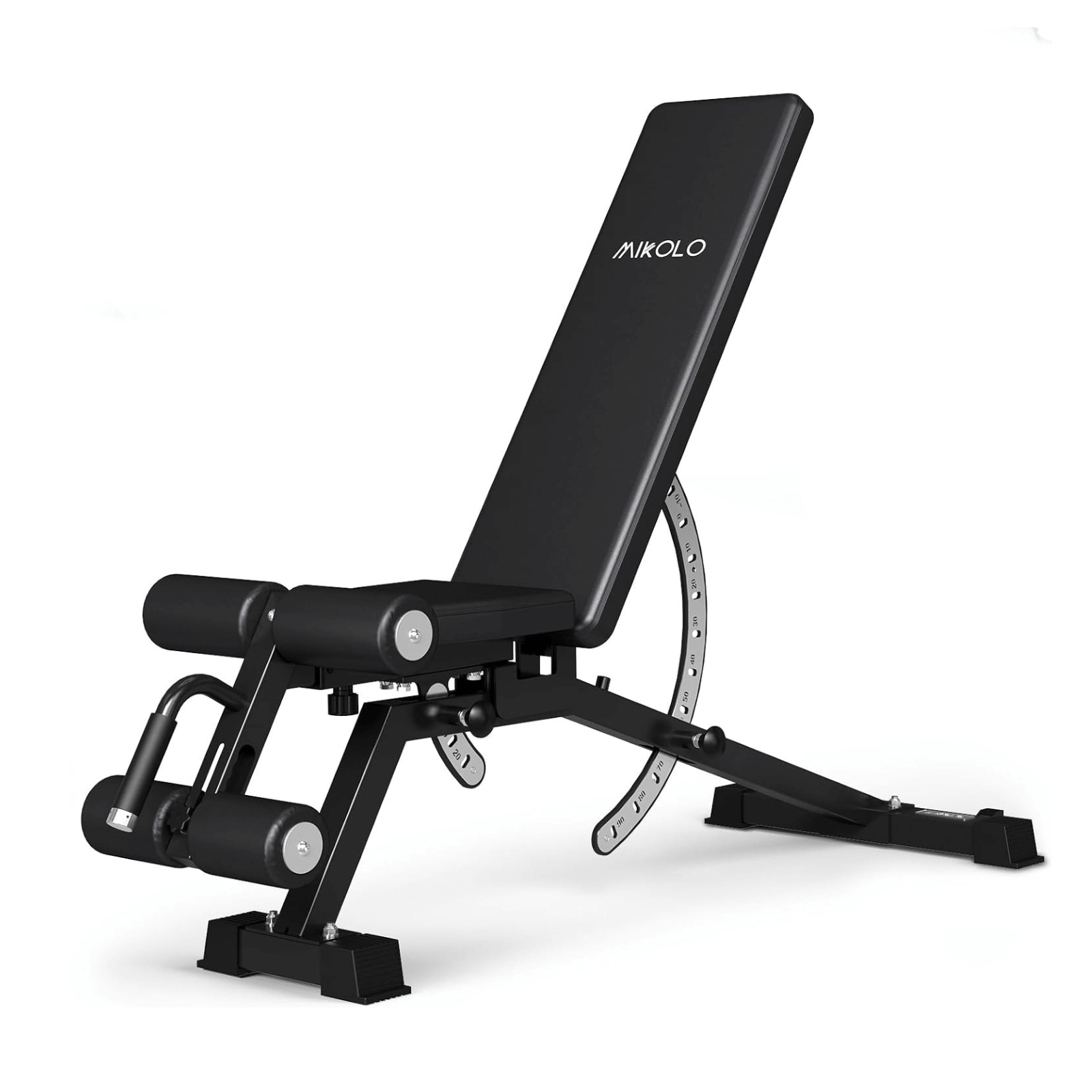




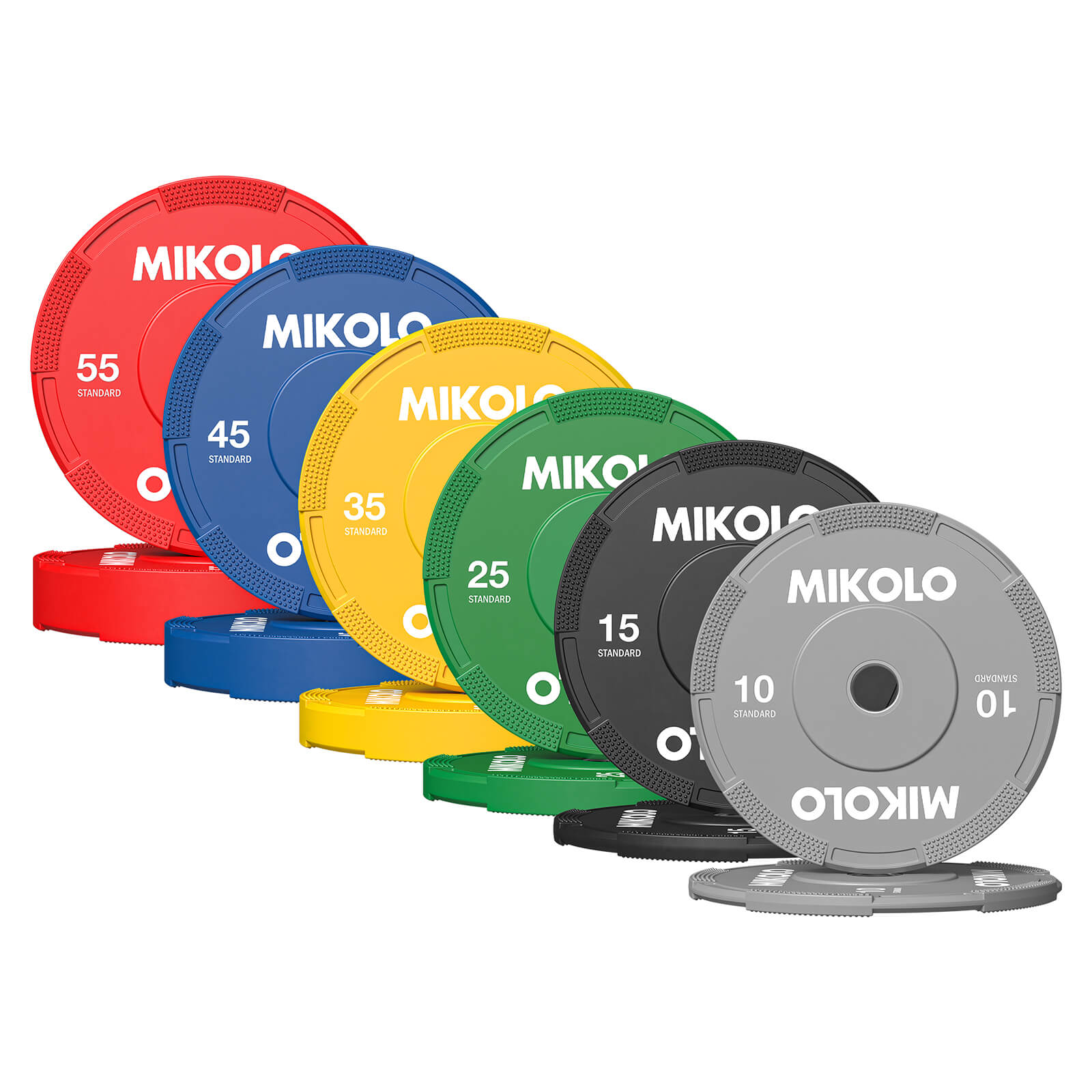
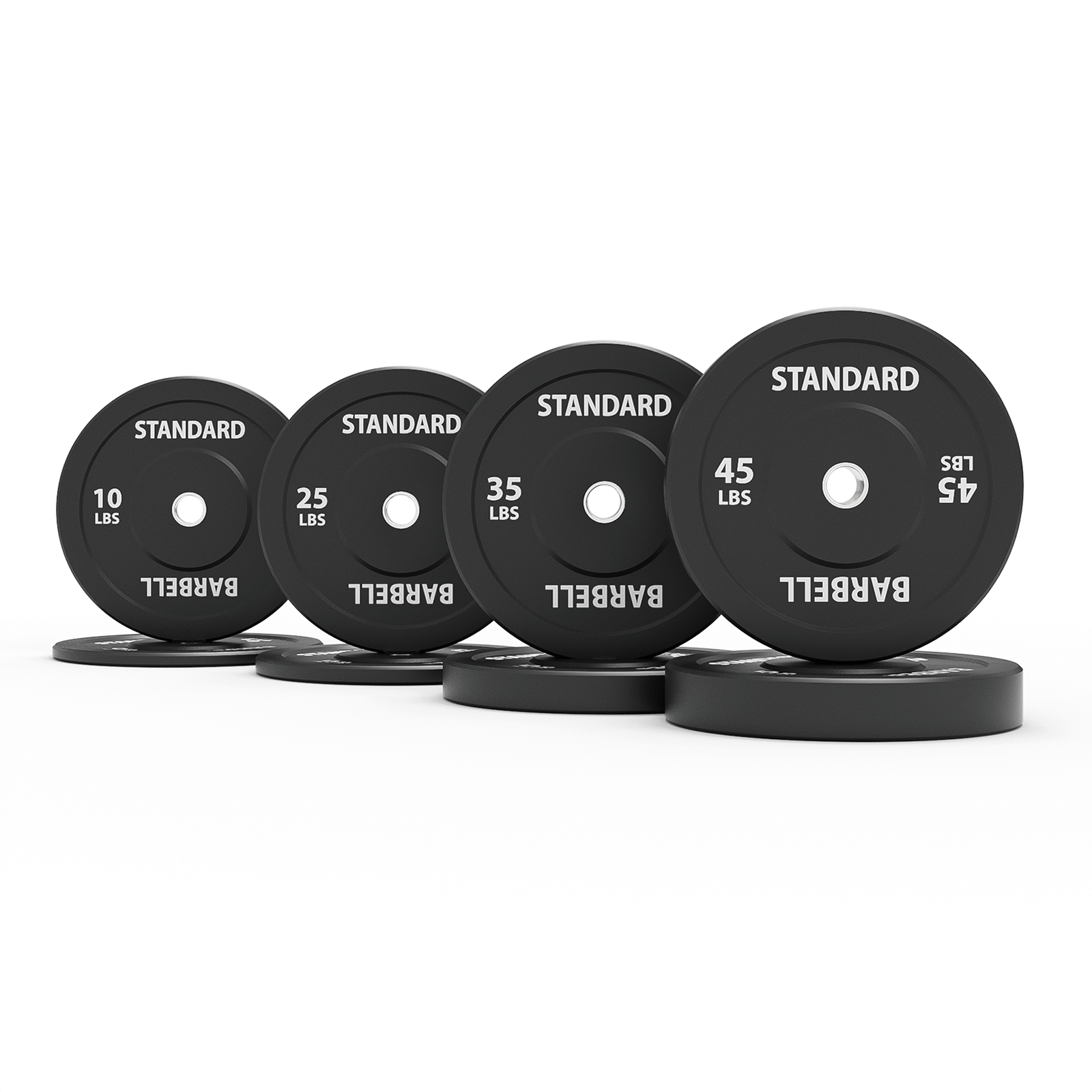
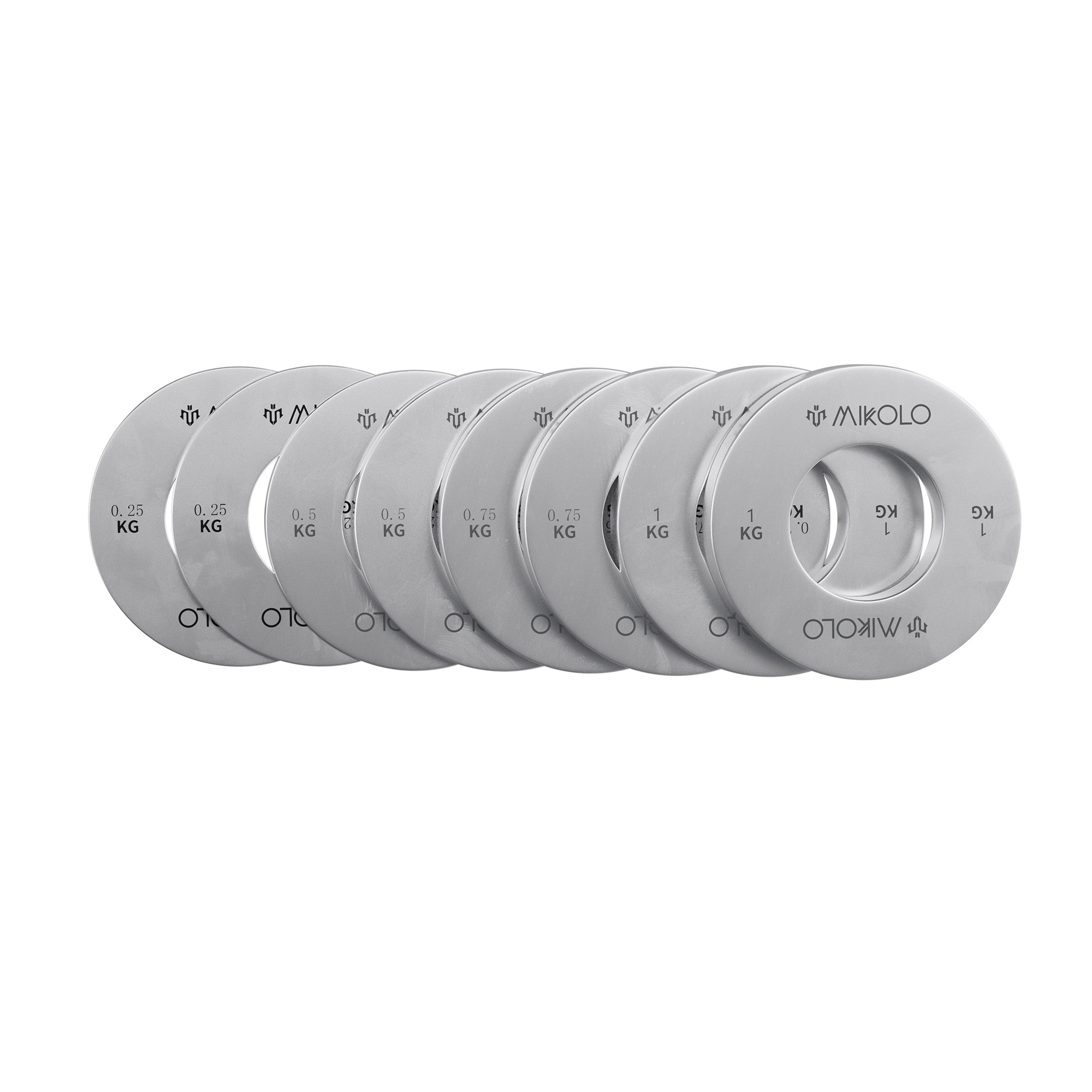
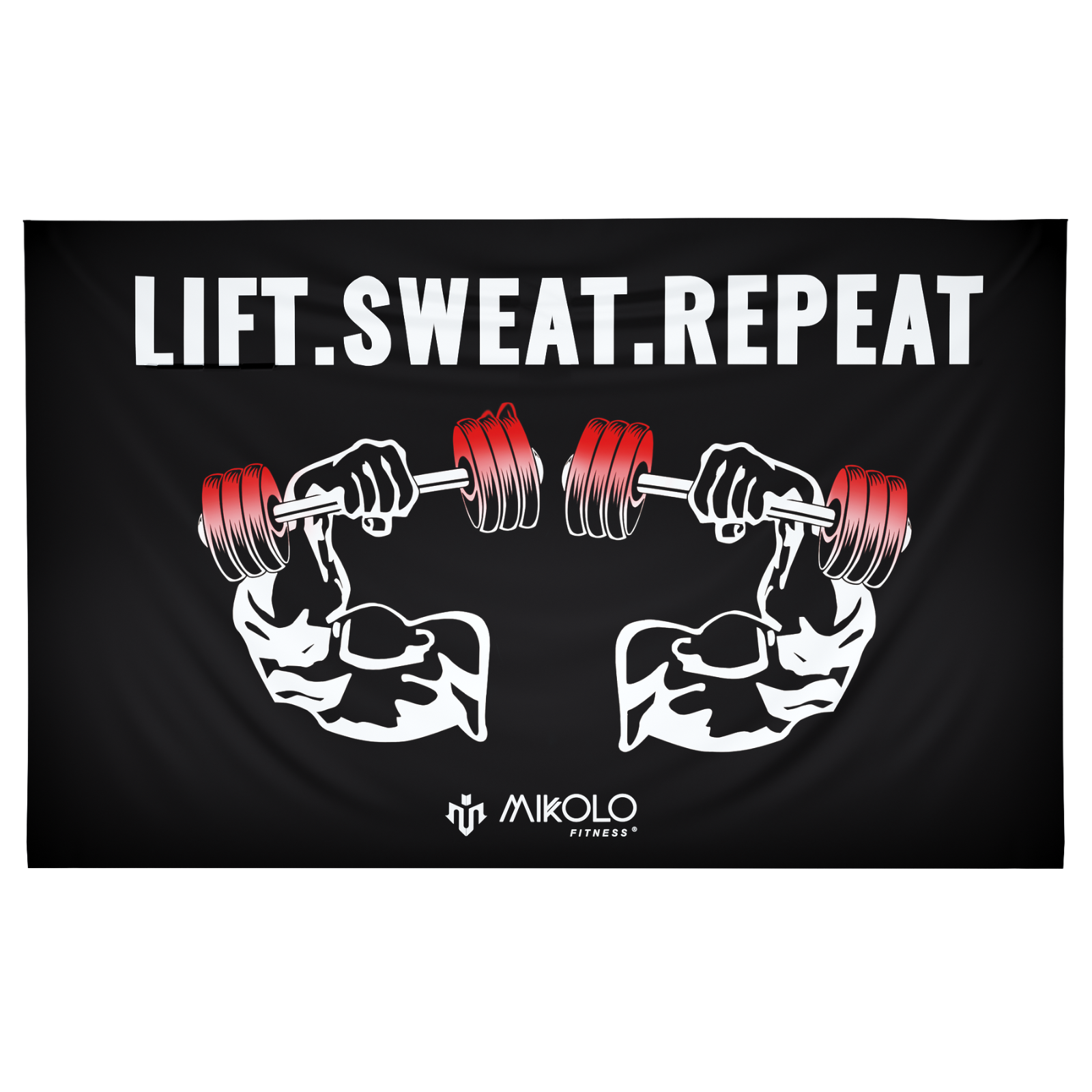
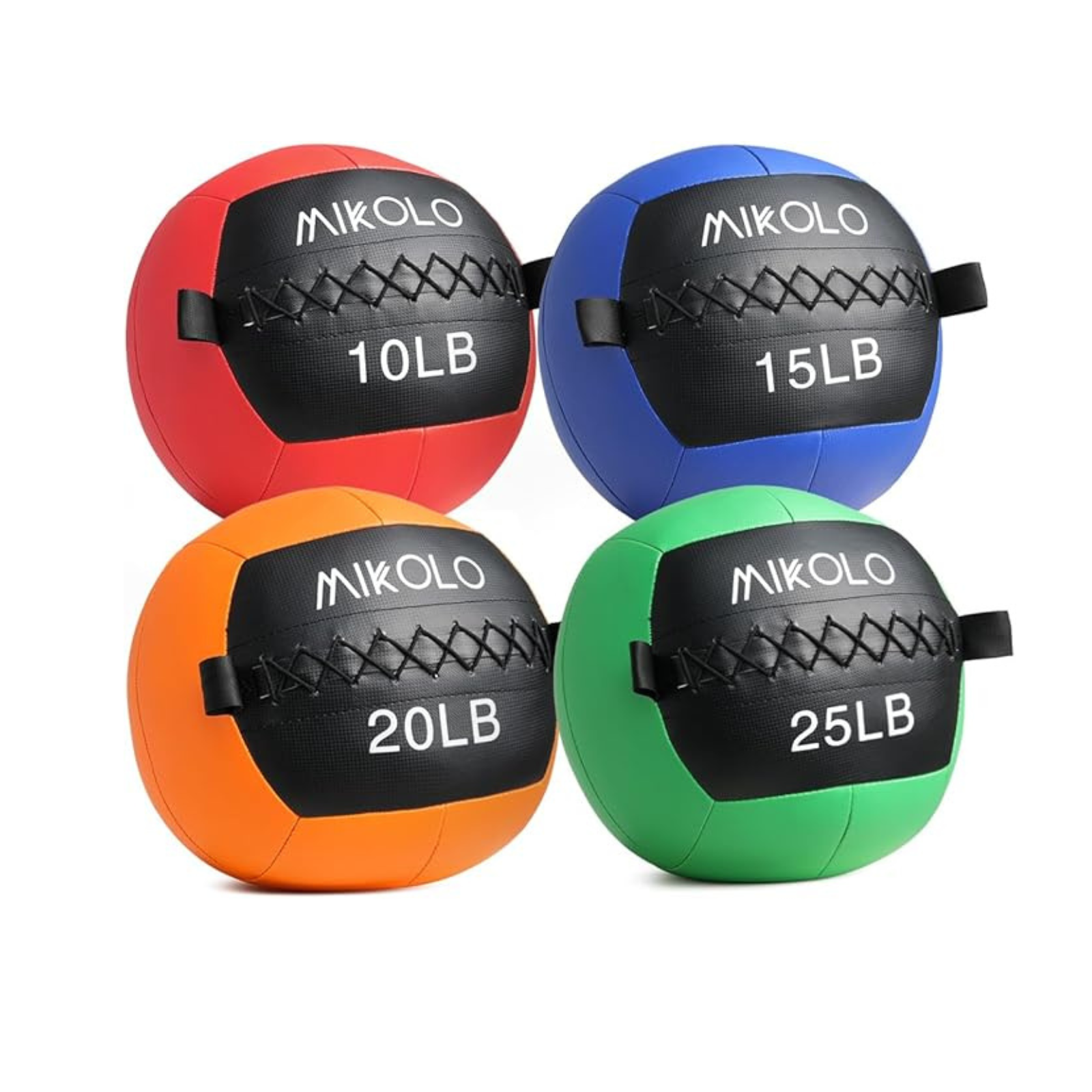
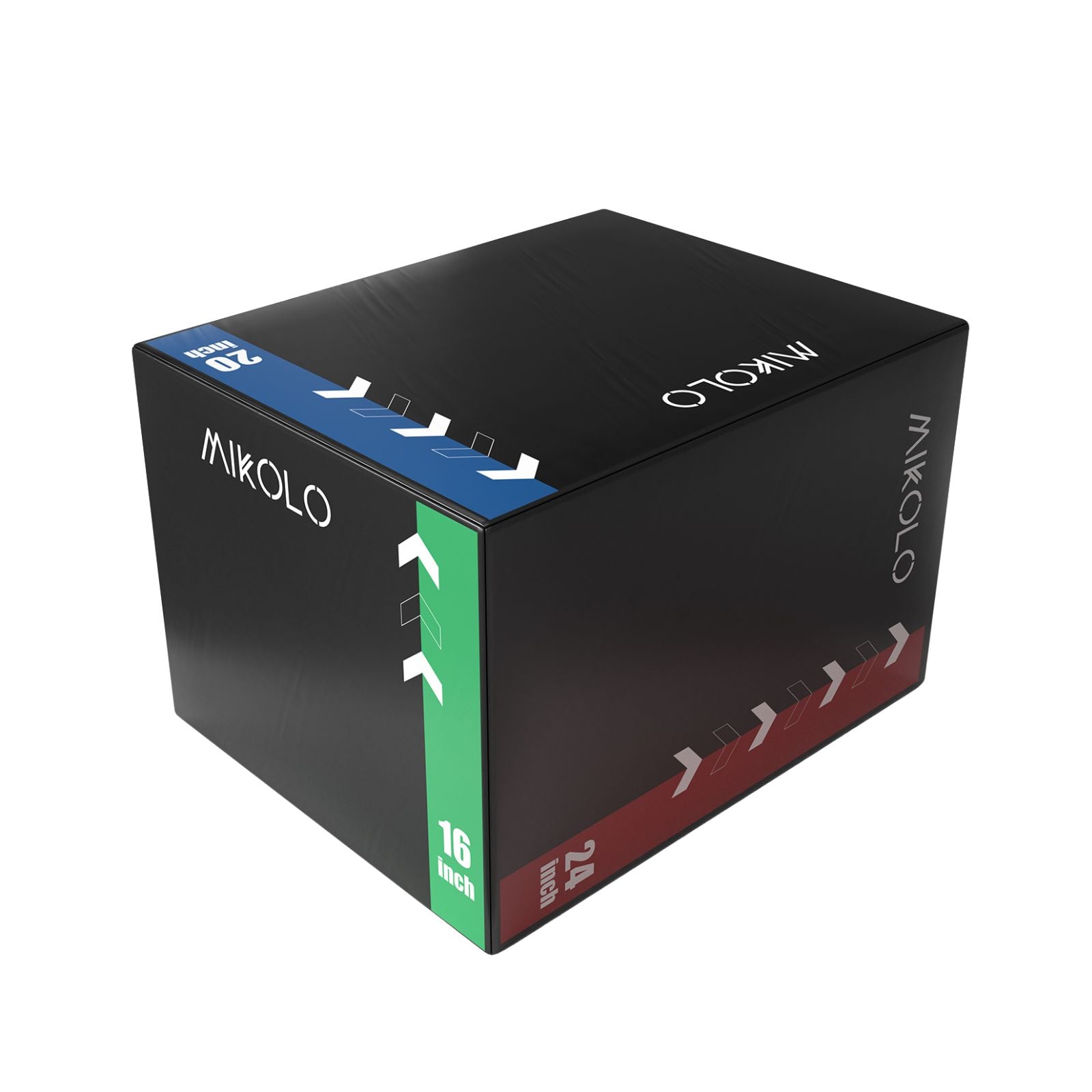

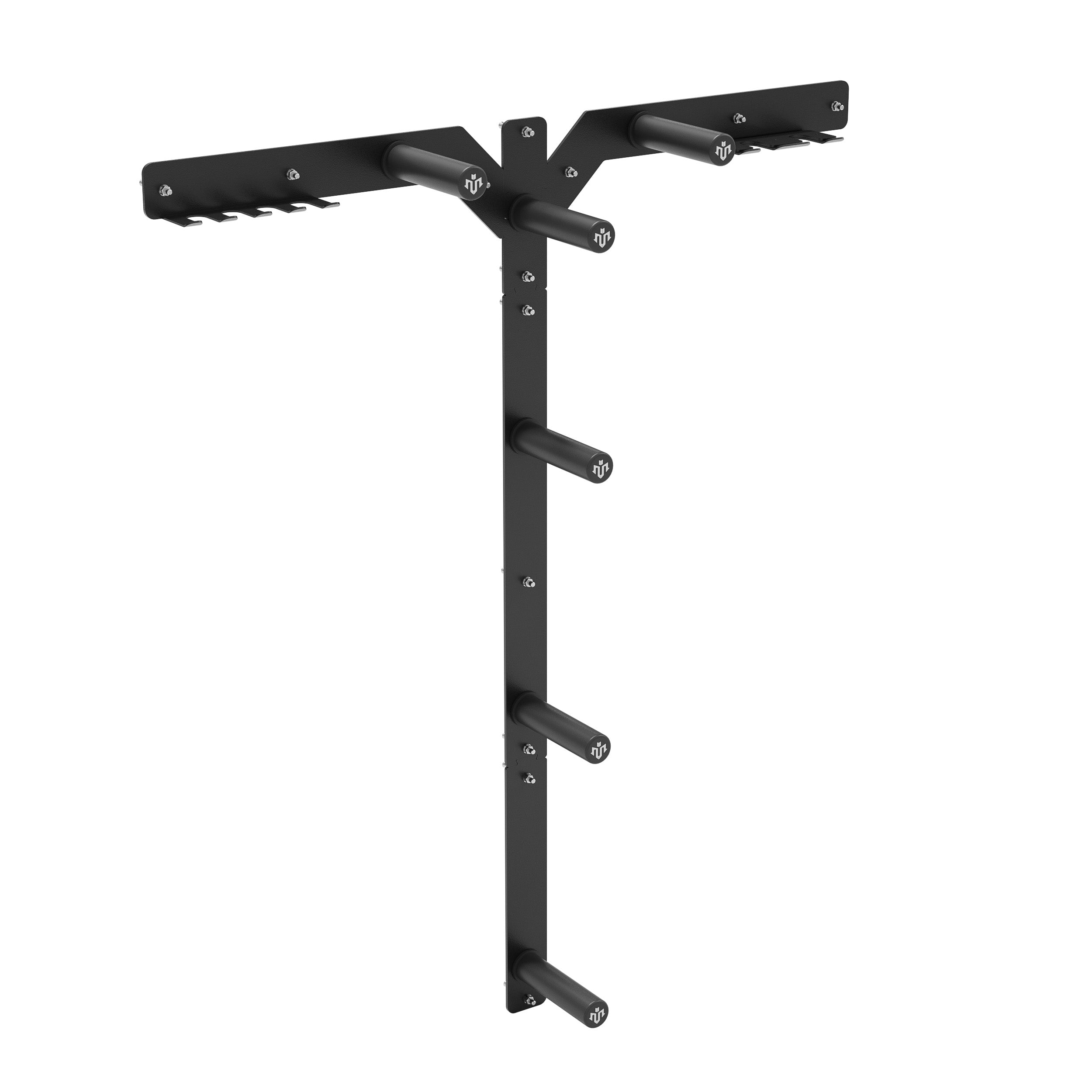




Leave a comment
This site is protected by hCaptcha and the hCaptcha Privacy Policy and Terms of Service apply.